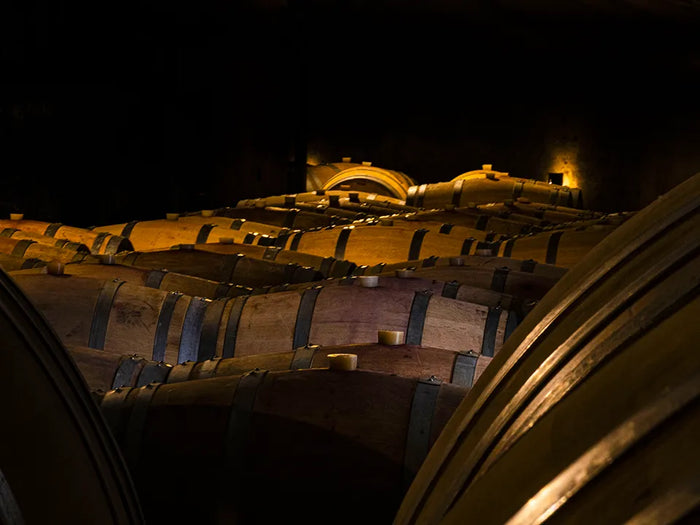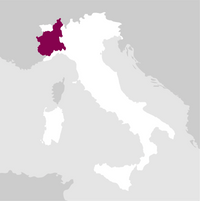Awards
Details

Perfume

Color

Taste
Serve at:
14 -16 °C.
Longevity:
05 - 10 years
Decanting time:
1 hour

Pairings
- Start up year: 1873
- Oenologist: Eugenio Palumbo
- Bottles produced: 600.000
- Hectares: 75
We train our expertise and winemakers’ sensitivity, while looking after every detail. That’s the style that makes our winery stand out.
We have always opted for the most natural and artisanal processing techniques. This commitment stems from continuous observation, patient waiting, and from the respect for the natural cycle followed by our plants. We know every vineyard, observe each of them in their unique growing season, and respect them.
We respect our land, the techniques, and the ancient knowledge that, along with continuous training, make our wine unique. We take care of the work that we do, aligned with the values of respect, inclusivity, fairness, and social well-being.
This is part of our philosophy and approach because what makes our wine great is the complete respect towards our territory. While working, we aim to reduce the interventions on the vineyard, and we use natural resources with care and consideration. Read more


| Name | Vietti Barbera d'Alba Trevie 2022 |
|---|---|
| Type | Red green still |
| Denomination | Barbera d'Alba DOC |
| Vintage | 2022 |
| Size | 0,75 l |
| Alcohol content | 14.5% by volume |
| Grape varieties | 100% Barbera |
| Country | Italy |
| Region | Piedmont |
| Vendor | Vietti |
| Origin | The grapes are selected from vineyards located in Castiglione Falletto, Monforte d’Alba, La Morra and other few villages in the Langhe region |
| Soil composition | Limestone-clay soil. |
| Cultivation system | Guyot |
| Plants per hectare | 4500 |
| Wine making | Alcoholic fermentation lasts approximately 2 weeks and takes place in stainless steel tanks with frequent délestages and daily pumping overs. Malolactic fermentation is done in steel tanks. |
| Aging | Approximately 1 year between barriques, big casks and stainless steel tanks. |
| Allergens | Contains sulphites |









